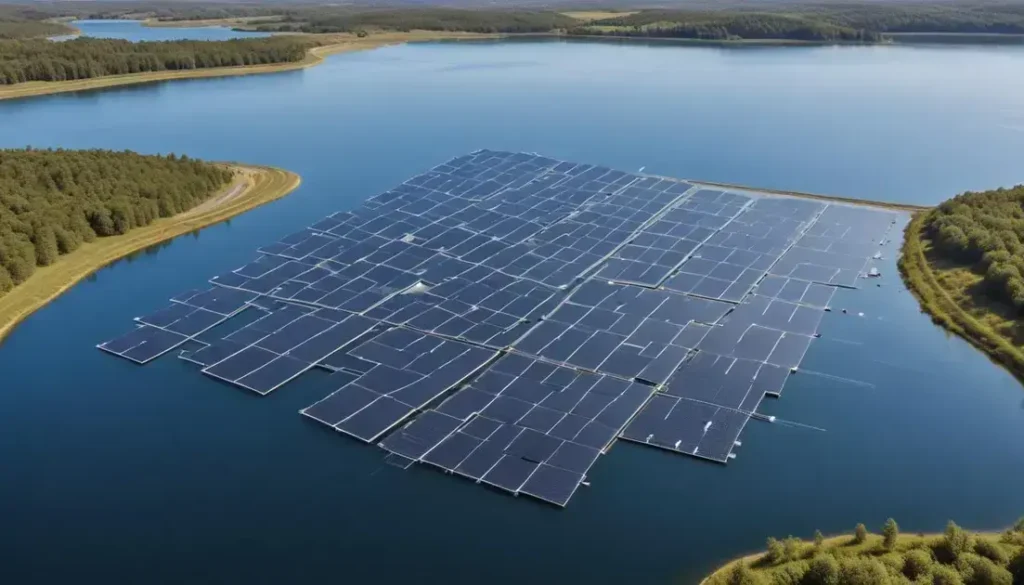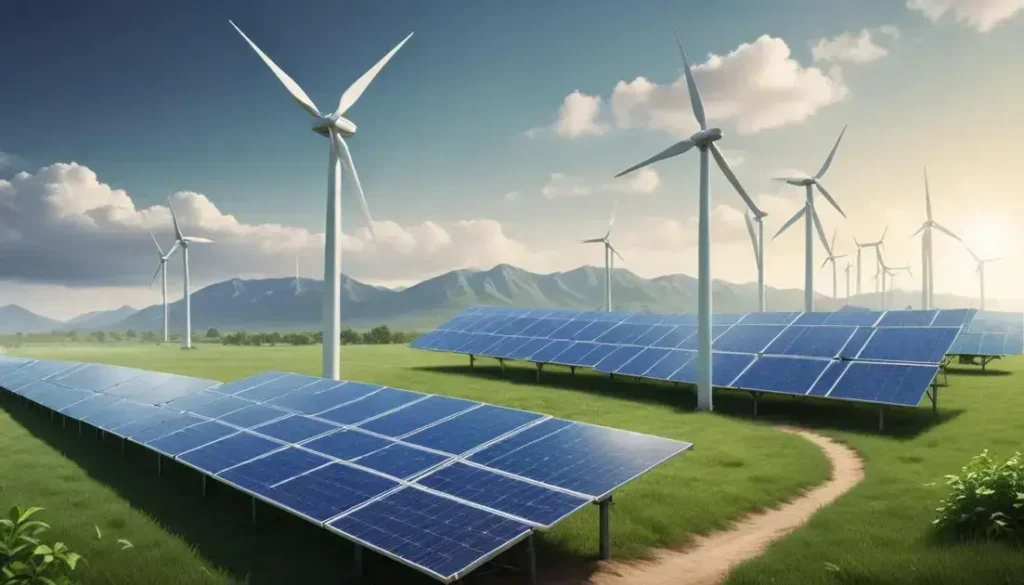Carbon capture technology effectively reduces greenhouse gas emissions in the UK by capturing CO₂ from industrial processes and storing it, enabling significant progress towards climate goals while fostering economic growth in green sectors.
Norway’s Carbon Capture initiative marks a revolutionary stride in emissions management. Have you considered how this could transform industries?
Overview of Norway’s Longship project
The Longship project in Norway represents a pioneering effort in the field of carbon capture technology. This ambitious initiative aims to capture and store carbon emissions from various industrial sources, thereby significantly reducing the overall carbon footprint.
In its first phase, the Longship project will focus on capturing emissions from the Norwegian cement industry. This sector is a notable contributor to greenhouse gas emissions, making the project vital for both national and global climate goals. By implementing advanced technology, Norway positions itself as a leader in sustainable practices.
Moreover, Longship aims to establish a comprehensive infrastructure for transporting and permanently storing captured CO₂ beneath the North Sea. This aspect highlights Norway’s commitment to environmental sustainability and its role in driving innovation within the energy sector.
As a model for other countries, the Longship project showcases the potential for collaboration between governments and private enterprises. It emphasizes that addressing climate change is not solely a governmental responsibility but can be tackled efficiently through public-private partnerships.
Impact of carbon capture technology on UK emissions
The impact of carbon capture technology on UK emissions is profound and multi-faceted. By implementing these innovative systems, businesses across various sectors can significantly reduce their greenhouse gas emissions. This technology captures CO₂ before it is released into the atmosphere, representing a proactive step towards climate change mitigation.
In the UK, industries such as energy production and manufacturing are the primary contributors to carbon emissions. By integrating carbon capture technology, these sectors can enhance their sustainability efforts while remaining competitive in a changing market. This not only aids in meeting government targets but also aligns with public expectations for environmental responsibility.
Moreover, the adoption of carbon capture can lead to job creation within the green technology sector. As businesses seek to modernise their operations, the demand for skilled workers in this innovative field continues to rise. The positive economic implications extend to investment opportunities, which can drive further advancements.
Furthermore, the UK has positioned itself to be a global leader in carbon capture technology, showcasing successful projects that can serve as models for other nations. As this technology evolves, continual improvements will be essential for realising its full potential in the fight against climate change.
In Conclusion: The Future of Carbon Capture in the UK
Carbon capture technology holds great promise for reducing emissions across the UK. By investing in these innovative systems, industries can play a crucial part in achieving national climate goals.
This technology not only helps the environment but also drives economic growth through job creation and investment in green initiatives. The success of projects like Norway’s Longship can inspire UK businesses to embrace sustainability.
As we look to the future, the importance of continued research and development in carbon capture cannot be overstated. The journey to a greener economy is just beginning, and every step counts.
In this transition, collaboration between industries, governments, and communities will be essential. Together, we can pave the way for a cleaner, more sustainable future.
Frequently Asked Questions
What is carbon capture technology?
Carbon capture technology involves capturing carbon dioxide emissions from industrial processes before they reach the atmosphere, helping to reduce overall greenhouse gas emissions.
How does carbon capture impact UK emissions?
Carbon capture significantly reduces carbon emissions from key sectors in the UK, supporting national climate goals and contributing to a more sustainable environment.
What industries can benefit from carbon capture in the UK?
Industries such as energy production, manufacturing, and cement production can greatly benefit from implementing carbon capture systems.
Is carbon capture technology cost-effective?
While initial costs can be high, the long-term benefits of carbon capture in reducing emissions and improving sustainability often outweigh these expenses.
What are the future prospects for carbon capture technology?
The future of carbon capture technology looks promising, with ongoing advancements expected to enhance its efficiency and viability across various industries.
How can businesses in the UK implement carbon capture?
Businesses can start by assessing their emissions, collaborating with technology providers, and exploring government incentives to invest in carbon capture solutions.


